当前位置:网站首页>AI人脸编辑让Lena微笑
AI人脸编辑让Lena微笑
2022-07-06 23:42:00 【InfoQ】
1.进入AI人脸编辑页面案例页面,并完成基础配置
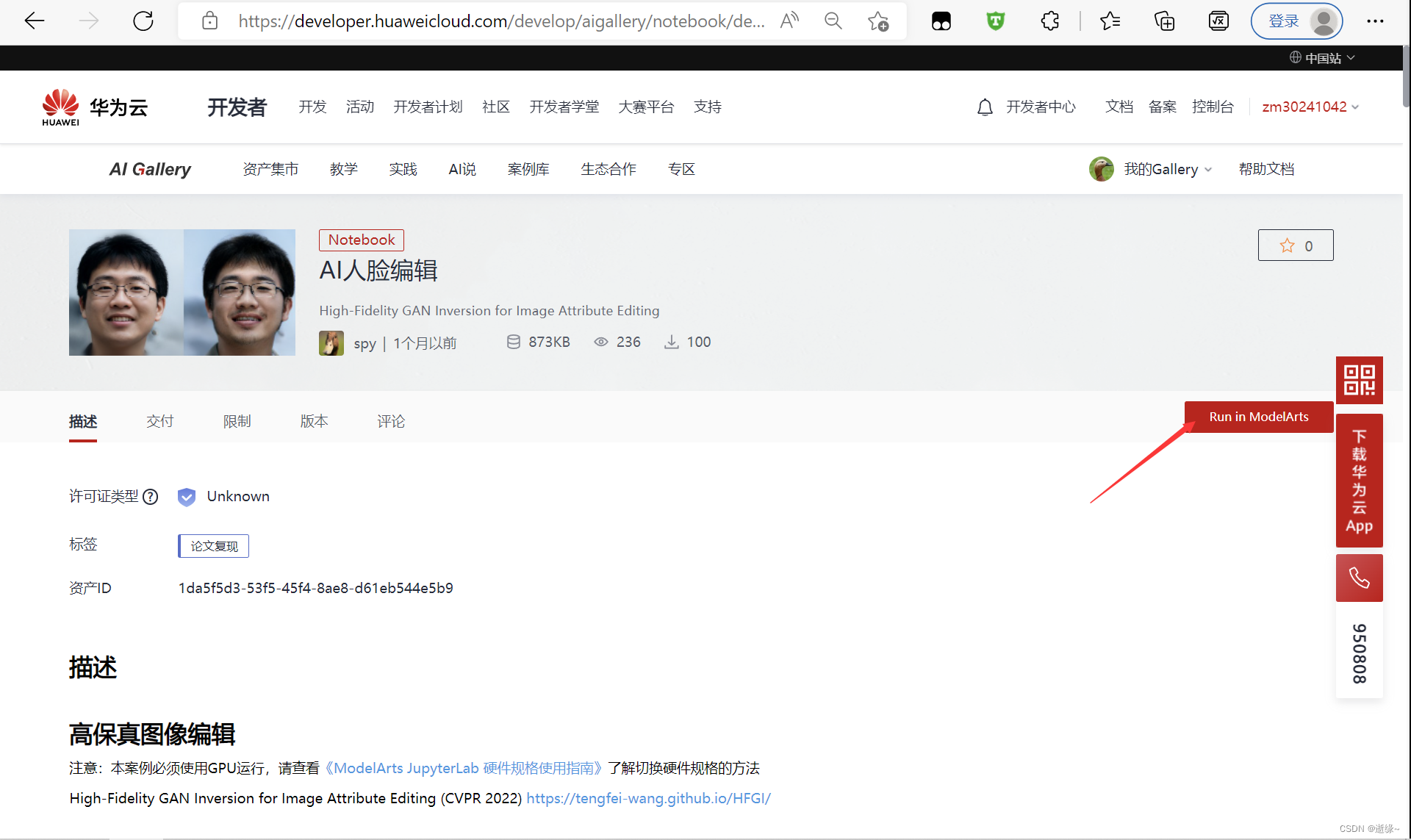
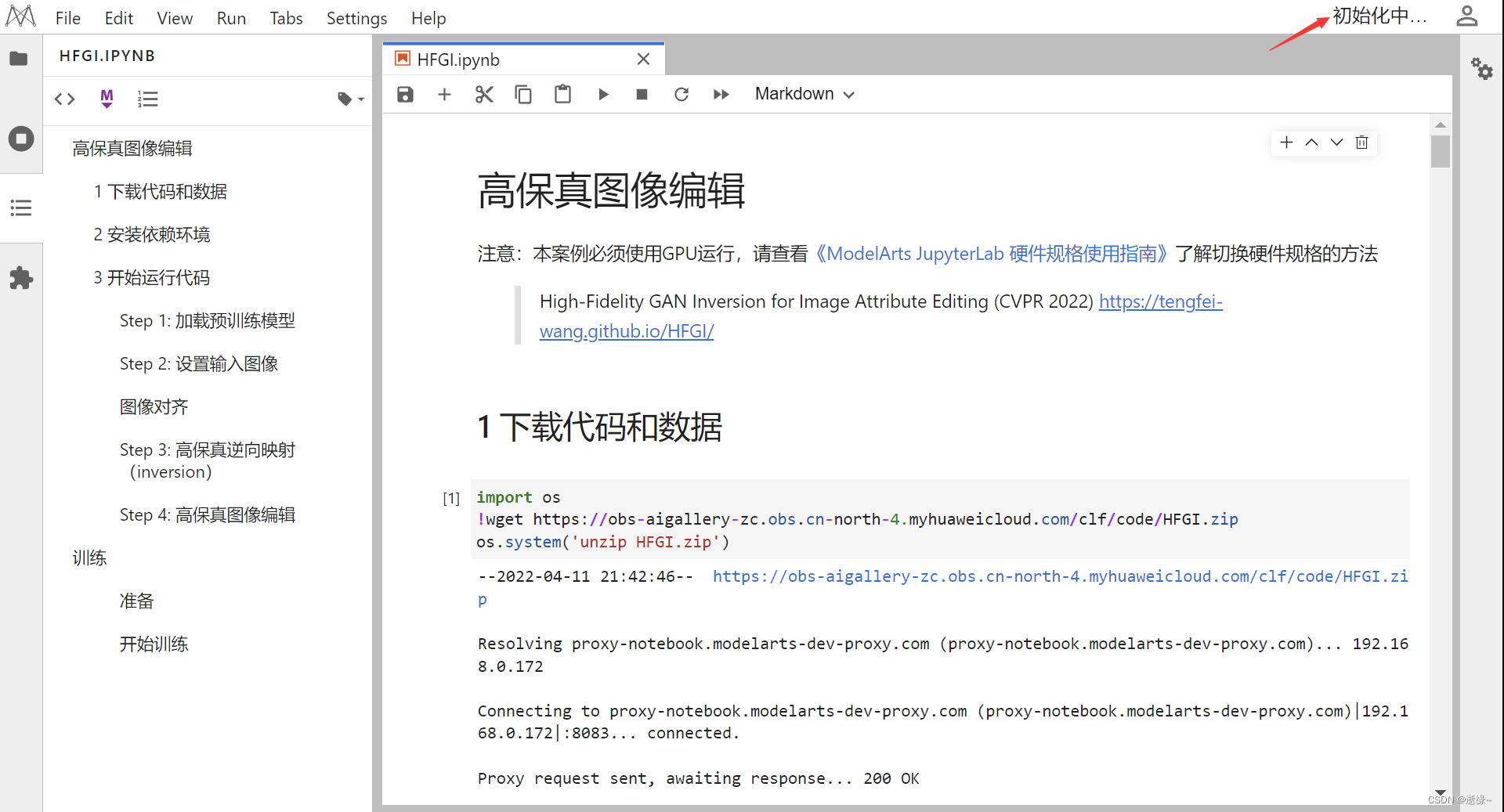
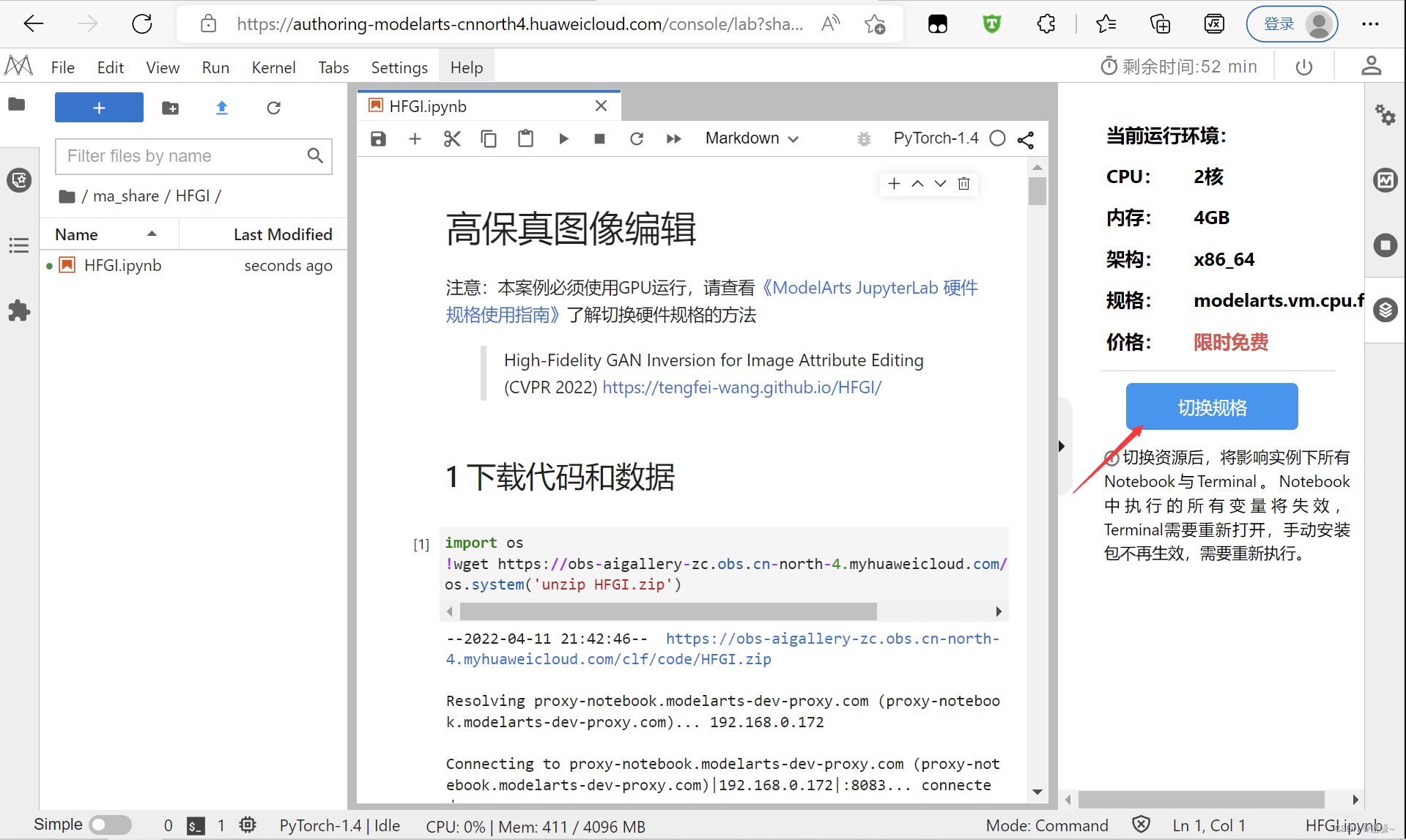

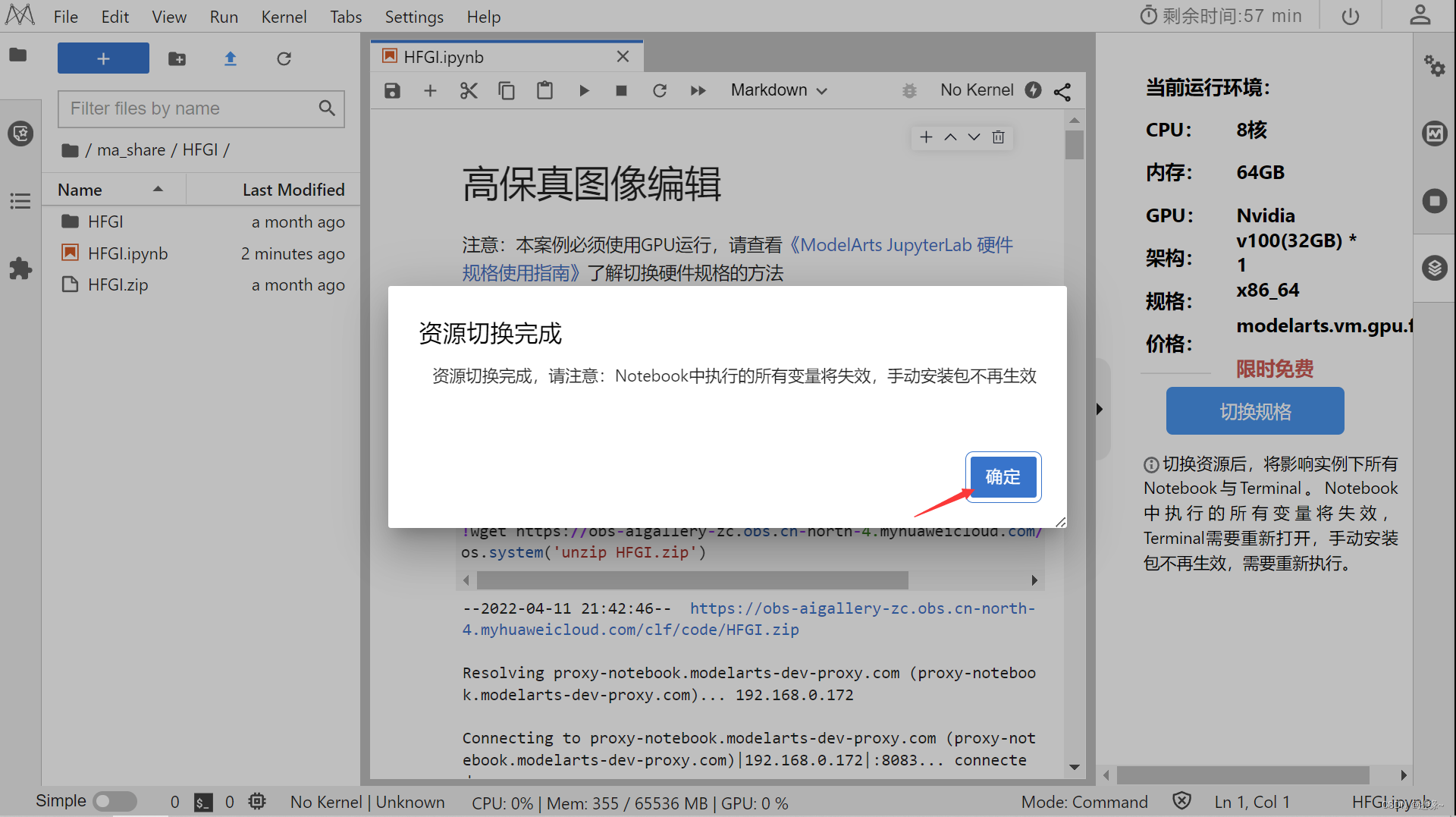
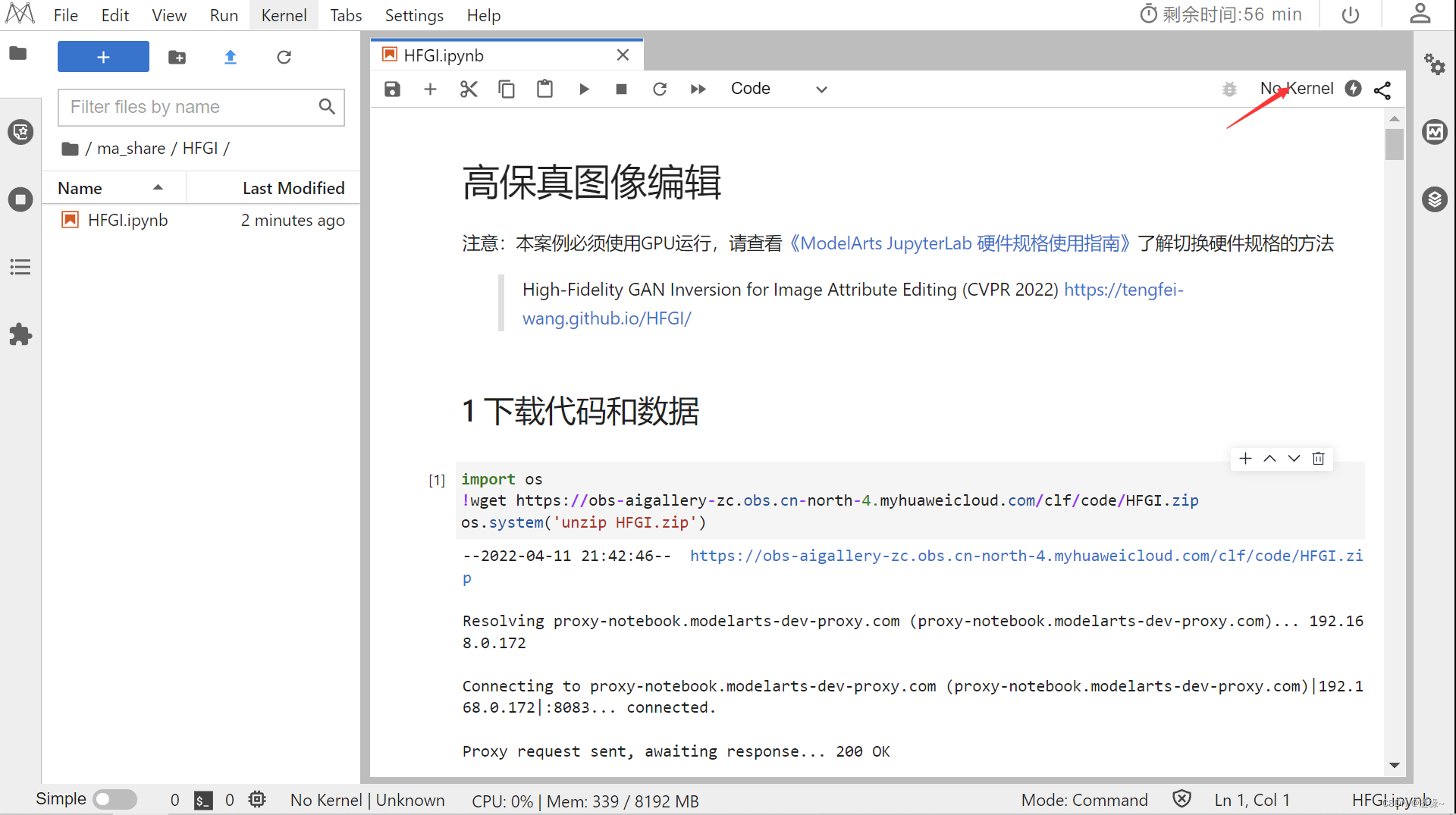
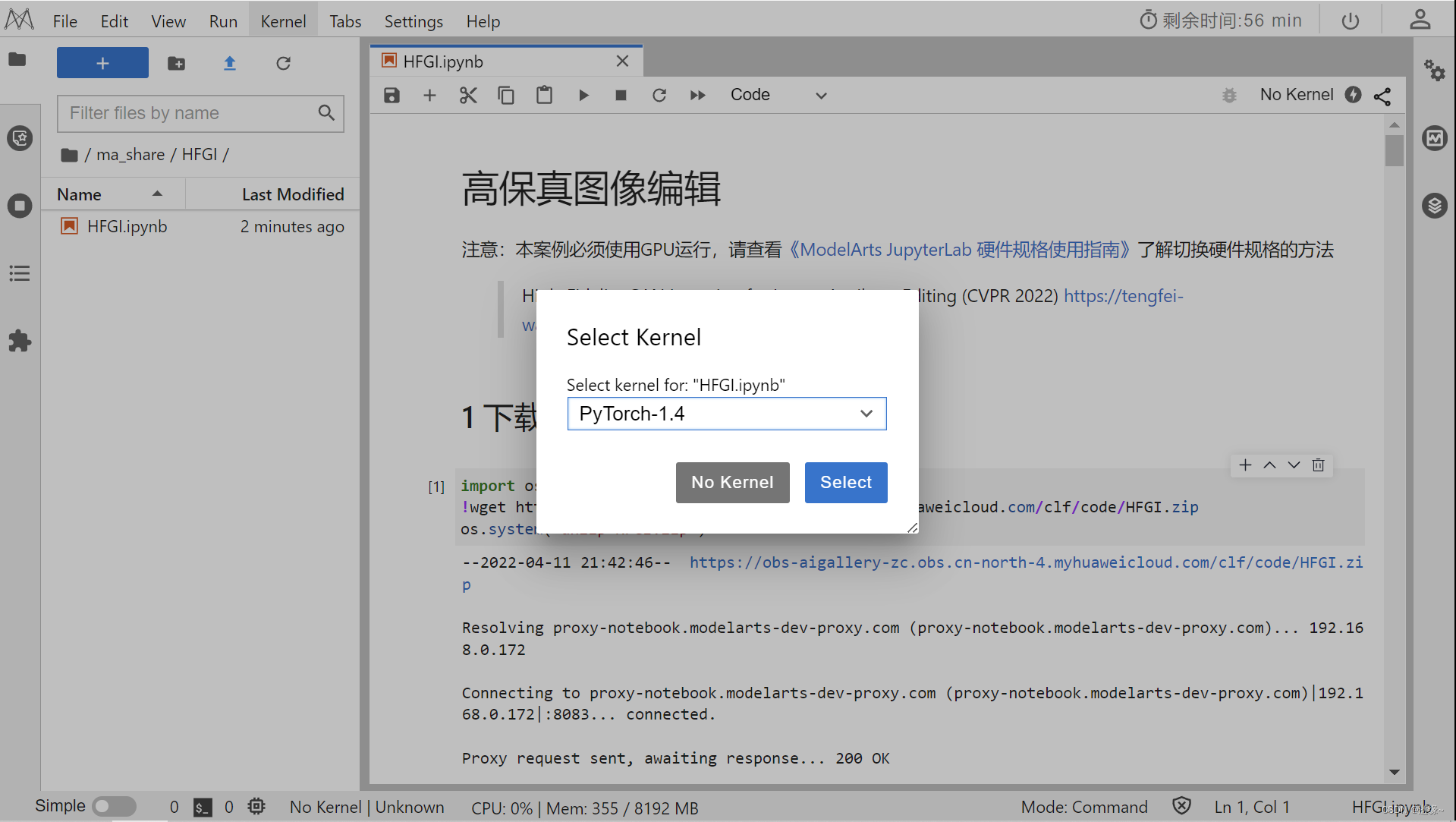
2.下载代码和数据并安装依赖

!pip install ninja
!pip install dlib
!pip uninstall -y torch
!pip uninstall -y torchvision
!pip install torch==1.6.0
!pip install torchvision==0.7.0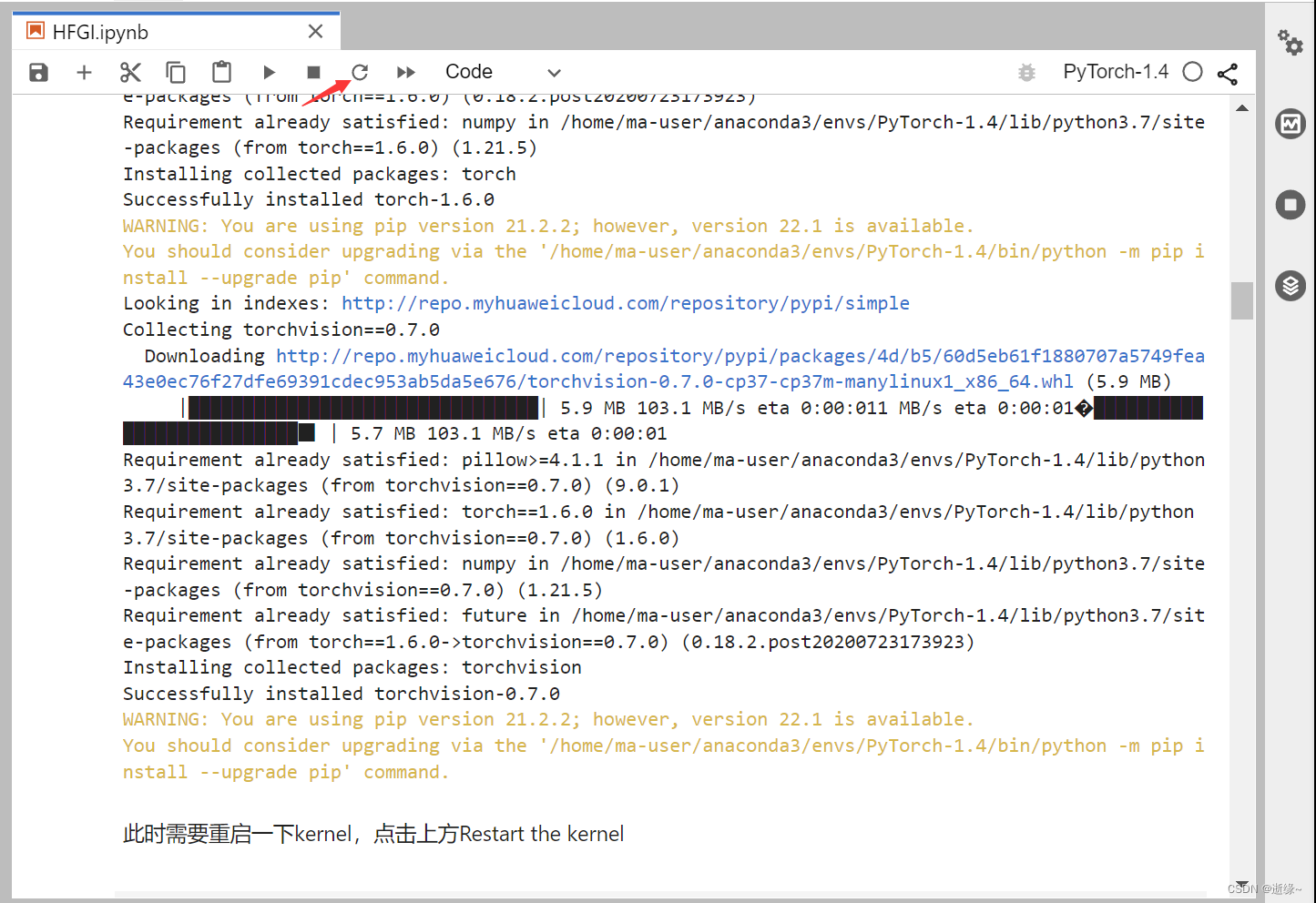
%cd HFGI3.开始运行代码
#@title Setup Repository
import os
from argparse import Namespace
import time
import os
import sys
import numpy as np
from PIL import Image
import torch
import torchvision.transforms as transforms
# from utils.common import tensor2im
from models.psp import pSp # we use the pSp framework to load the e4e encoder.
%load_ext autoreload
%autoreload 2def tensor2im(var):
# var shape: (3, H, W)
var = var.cpu().detach().transpose(0, 2).transpose(0, 1).numpy()
var = ((var + 1) / 2)
var[var < 0] = 0
var[var > 1] = 1
var = var * 255
return Image.fromarray(var.astype('uint8'))model_path = "checkpoint/ckpt.pt"
ckpt = torch.load(model_path, map_location='cpu')
opts = ckpt['opts']
opts['is_train'] = False
opts['checkpoint_path'] = model_path
opts= Namespace(**opts)
net = pSp(opts)
net.eval()
net.cuda()
print('Model successfully loaded!')# Setup required image transformations
EXPERIMENT_ARGS = {
"image_path": "test_imgs/Lina.jpg"
}
EXPERIMENT_ARGS['transform'] = transforms.Compose([
transforms.Resize((256, 256)),
transforms.ToTensor(),
transforms.Normalize([0.5, 0.5, 0.5], [0.5, 0.5, 0.5])])
resize_dims = (256, 256)
image_path = EXPERIMENT_ARGS["image_path"]
original_image = Image.open(image_path)
original_image = original_image.convert("RGB")
run_align = Trueimport numpy as np
import PIL
import PIL.Image
import scipy
import scipy.ndimage
import dlib
def get_landmark(filepath, predictor):
"""get landmark with dlib
:return: np.array shape=(68, 2)
"""
detector = dlib.get_frontal_face_detector()
img = dlib.load_rgb_image(filepath)
dets = detector(img, 1)
for k, d in enumerate(dets):
shape = predictor(img, d)
t = list(shape.parts())
a = []
for tt in t:
a.append([tt.x, tt.y])
lm = np.array(a)
return lm
def align_face(filepath, predictor):
"""
:param filepath: str
:return: PIL Image
"""
lm = get_landmark(filepath, predictor)
lm_chin = lm[0: 17] # left-right
lm_eyebrow_left = lm[17: 22] # left-right
lm_eyebrow_right = lm[22: 27] # left-right
lm_nose = lm[27: 31] # top-down
lm_nostrils = lm[31: 36] # top-down
lm_eye_left = lm[36: 42] # left-clockwise
lm_eye_right = lm[42: 48] # left-clockwise
lm_mouth_outer = lm[48: 60] # left-clockwise
lm_mouth_inner = lm[60: 68] # left-clockwise
# Calculate auxiliary vectors.
eye_left = np.mean(lm_eye_left, axis=0)
eye_right = np.mean(lm_eye_right, axis=0)
eye_avg = (eye_left + eye_right) * 0.5
eye_to_eye = eye_right - eye_left
mouth_left = lm_mouth_outer[0]
mouth_right = lm_mouth_outer[6]
mouth_avg = (mouth_left + mouth_right) * 0.5
eye_to_mouth = mouth_avg - eye_avg
# Choose oriented crop rectangle.
x = eye_to_eye - np.flipud(eye_to_mouth) * [-1, 1]
x /= np.hypot(*x)
x *= max(np.hypot(*eye_to_eye) * 2.0, np.hypot(*eye_to_mouth) * 1.8)
y = np.flipud(x) * [-1, 1]
c = eye_avg + eye_to_mouth * 0.1
quad = np.stack([c - x - y, c - x + y, c + x + y, c + x - y])
qsize = np.hypot(*x) * 2
# read image
img = PIL.Image.open(filepath)
output_size = 256
transform_size = 256
enable_padding = True
# Shrink.
shrink = int(np.floor(qsize / output_size * 0.5))
if shrink > 1:
rsize = (int(np.rint(float(img.size[0]) / shrink)), int(np.rint(float(img.size[1]) / shrink)))
img = img.resize(rsize, PIL.Image.ANTIALIAS)
quad /= shrink
qsize /= shrink
# Crop.
border = max(int(np.rint(qsize * 0.1)), 3)
crop = (int(np.floor(min(quad[:, 0]))), int(np.floor(min(quad[:, 1]))), int(np.ceil(max(quad[:, 0]))),
int(np.ceil(max(quad[:, 1]))))
crop = (max(crop[0] - border, 0), max(crop[1] - border, 0), min(crop[2] + border, img.size[0]),
min(crop[3] + border, img.size[1]))
if crop[2] - crop[0] < img.size[0] or crop[3] - crop[1] < img.size[1]:
img = img.crop(crop)
quad -= crop[0:2]
# Pad.
pad = (int(np.floor(min(quad[:, 0]))), int(np.floor(min(quad[:, 1]))), int(np.ceil(max(quad[:, 0]))),
int(np.ceil(max(quad[:, 1]))))
pad = (max(-pad[0] + border, 0), max(-pad[1] + border, 0), max(pad[2] - img.size[0] + border, 0),
max(pad[3] - img.size[1] + border, 0))
if enable_padding and max(pad) > border - 4:
pad = np.maximum(pad, int(np.rint(qsize * 0.3)))
img = np.pad(np.float32(img), ((pad[1], pad[3]), (pad[0], pad[2]), (0, 0)), 'reflect')
h, w, _ = img.shape
y, x, _ = np.ogrid[:h, :w, :1]
mask = np.maximum(1.0 - np.minimum(np.float32(x) / pad[0], np.float32(w - 1 - x) / pad[2]),
1.0 - np.minimum(np.float32(y) / pad[1], np.float32(h - 1 - y) / pad[3]))
blur = qsize * 0.02
img += (scipy.ndimage.gaussian_filter(img, [blur, blur, 0]) - img) * np.clip(mask * 3.0 + 1.0, 0.0, 1.0)
img += (np.median(img, axis=(0, 1)) - img) * np.clip(mask, 0.0, 1.0)
img = PIL.Image.fromarray(np.uint8(np.clip(np.rint(img), 0, 255)), 'RGB')
quad += pad[:2]
# Transform.
img = img.transform((transform_size, transform_size), PIL.Image.QUAD, (quad + 0.5).flatten(), PIL.Image.BILINEAR)
if output_size < transform_size:
img = img.resize((output_size, output_size), PIL.Image.ANTIALIAS)
# Return aligned image.
return imgif 'shape_predictor_68_face_landmarks.dat' not in os.listdir():
# !wget http://dlib.net/files/shape_predictor_68_face_landmarks.dat.bz2
!bzip2 -dk shape_predictor_68_face_landmarks.dat.bz2
def run_alignment(image_path):
import dlib
predictor = dlib.shape_predictor("shape_predictor_68_face_landmarks.dat")
aligned_image = align_face(filepath=image_path, predictor=predictor)
print("Aligned image has shape: {}".format(aligned_image.size))
return aligned_image
if run_align:
input_image = run_alignment(image_path)
else:
input_image = original_image
input_image.resize(resize_dims)def display_alongside_source_image(result_image, source_image):
res = np.concatenate([np.array(source_image.resize(resize_dims)),
np.array(result_image.resize(resize_dims))], axis=1)
return Image.fromarray(res)
def get_latents(net, x, is_cars=False):
codes = net.encoder(x)
if net.opts.start_from_latent_avg:
if codes.ndim == 2:
codes = codes + net.latent_avg.repeat(codes.shape[0], 1, 1)[:, 0, :]
else:
codes = codes + net.latent_avg.repeat(codes.shape[0], 1, 1)
if codes.shape[1] == 18 and is_cars:
codes = codes[:, :16, :]
return codes
with torch.no_grad():
x = transformed_image.unsqueeze(0).cuda()
tic = time.time()
latent_codes = get_latents(net, x)
# calculate the distortion map
imgs, _ = net.decoder([latent_codes[0].unsqueeze(0).cuda()],None, input_is_latent=True, randomize_noise=False, return_latents=True)
res = x - torch.nn.functional.interpolate(torch.clamp(imgs, -1., 1.), size=(256,256) , mode='bilinear')
# ADA
img_edit = torch.nn.functional.interpolate(torch.clamp(imgs, -1., 1.), size=(256,256) , mode='bilinear')
res_align = net.grid_align(torch.cat((res, img_edit ), 1))
# consultation fusion
conditions = net.residue(res_align)
result_image, _ = net.decoder([latent_codes],conditions, input_is_latent=True, randomize_noise=False, return_latents=True)
toc = time.time()
print('Inference took {:.4f} seconds.'.format(toc - tic))
# Display inversion:
display_alongside_source_image(tensor2im(result_image[0]), input_image)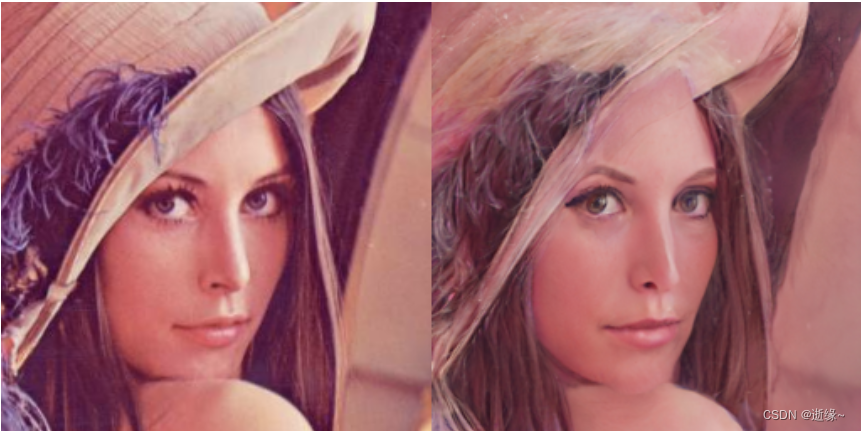
from editings import latent_editor
editor = latent_editor.LatentEditor(net.decoder)
# interface-GAN
interfacegan_directions = {
'age': './editings/interfacegan_directions/age.pt',
'smile': './editings/interfacegan_directions/smile.pt' }
edit_direction = torch.load(interfacegan_directions['smile']).cuda()
edit_degree = 1.5 # 设置微笑幅度
img_edit, edit_latents = editor.apply_interfacegan(latent_codes[0].unsqueeze(0).cuda(), edit_direction, factor=edit_degree) # 设置微笑
# align the distortion map
img_edit = torch.nn.functional.interpolate(torch.clamp(img_edit, -1., 1.), size=(256,256) , mode='bilinear')
res_align = net.grid_align(torch.cat((res, img_edit ), 1))
# fusion
conditions = net.residue(res_align)
result, _ = net.decoder([edit_latents],conditions, input_is_latent=True, randomize_noise=False, return_latents=True)
result = torch.nn.functional.interpolate(result, size=(256,256) , mode='bilinear')
display_alongside_source_image(tensor2im(result[0]), input_image)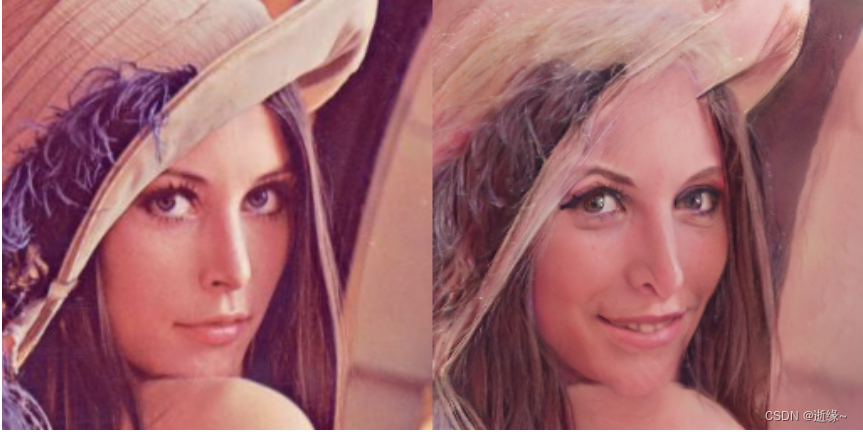
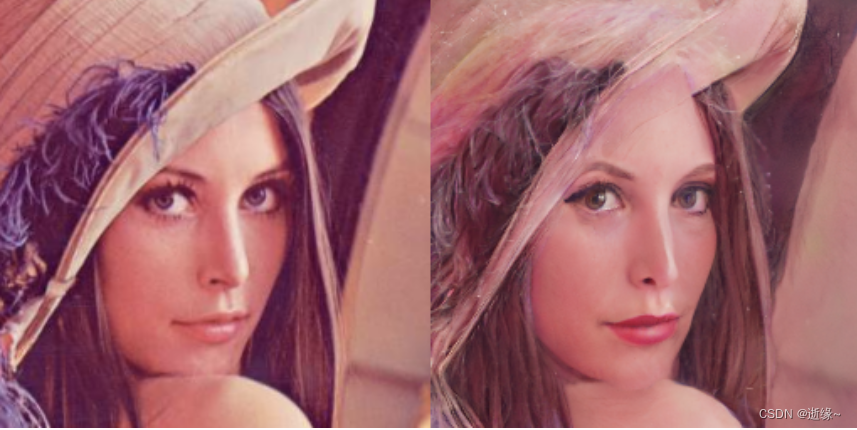
边栏推荐
- Summary of the mean value theorem of higher numbers
- Pinduoduo product details interface, pinduoduo product basic information, pinduoduo product attribute interface
- JVM(十九) -- 字节码与类的加载(四) -- 再谈类的加载器
- 项目经理如何凭借NPDP证书逆袭?看这里
- 高级程序员必知必会,一文详解MySQL主从同步原理,推荐收藏
- Sorry, I've learned a lesson
- ThinkPHP Association preload with
- Writing process of the first paper
- 论文阅读【Open-book Video Captioning with Retrieve-Copy-Generate Network】
- 照片选择器CollectionView
猜你喜欢

实现网页内容可编辑
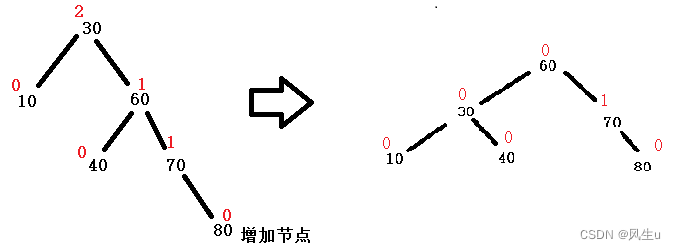
1. AVL tree: left-right rotation -bite
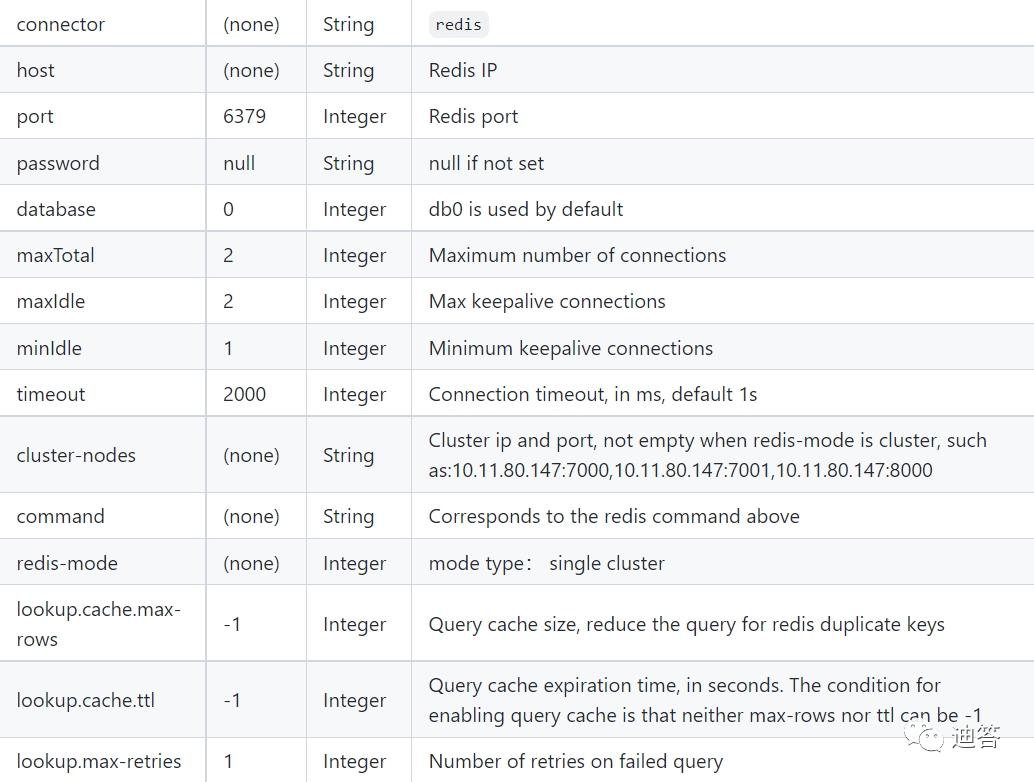
Flink SQL realizes reading and writing redis and dynamically generates hset key

《4》 Form

Under the trend of Micah, orebo and apple homekit, how does zhiting stand out?
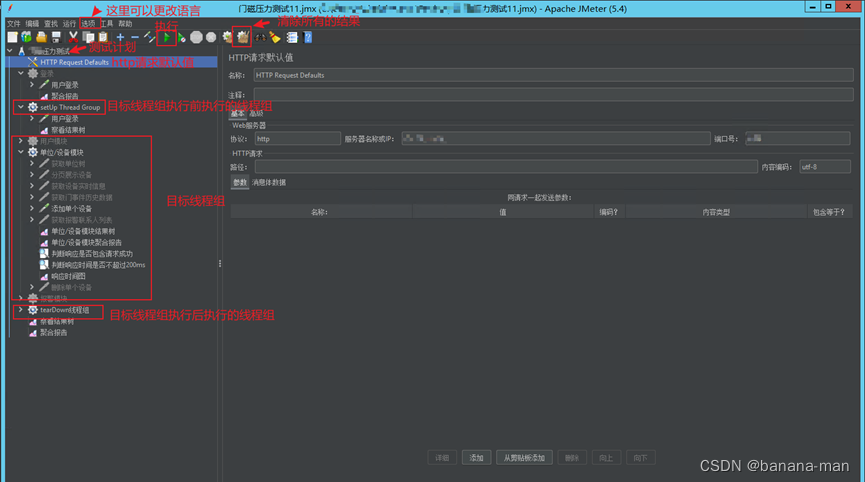
Record a pressure measurement experience summary

《5》 Table
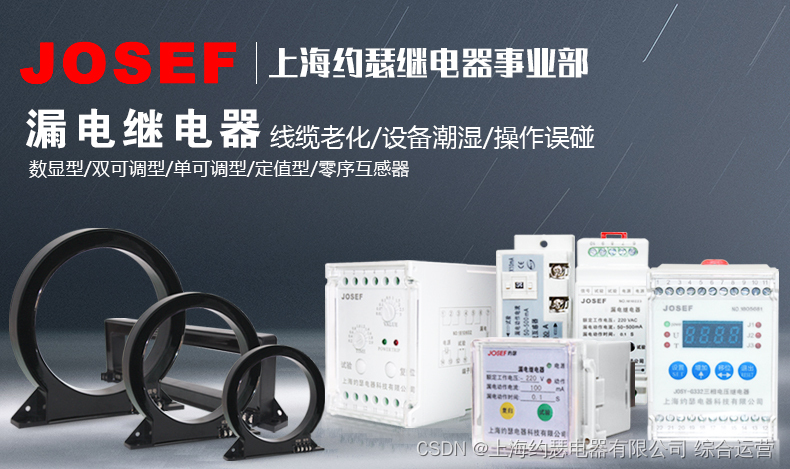
Egr-20uscm ground fault relay
![[paper reading] semi supervised left atrium segmentation with mutual consistency training](/img/d6/e6db0d76e81e49a83a30f8c1832f09.png)
[paper reading] semi supervised left atrium segmentation with mutual consistency training
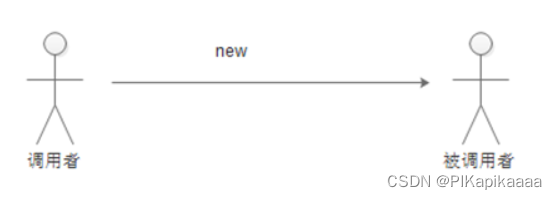
什么是依赖注入(DI)
随机推荐
How can professional people find background music materials when doing we media video clips?
数字化如何影响工作流程自动化
How Alibaba cloud's DPCA architecture works | popular science diagram
Codeforces Round #416 (Div. 2) D. Vladik and Favorite Game
A cool "ghost" console tool
EGR-20USCM接地故障继电器
Leakage relay jelr-250fg
JVM (XX) -- performance monitoring and tuning (I) -- Overview
ssm框架的简单案例
《5》 Table
CVE-2021-3156 漏洞复现笔记
[optimal web page width and its implementation] [recommended collection "
Life experience of an update statement
Design, configuration and points for attention of network arbitrary source multicast (ASM) simulation using OPNET
设f(x)=∑x^n/n^2,证明f(x)+f(1-x)+lnxln(1-x)=∑1/n^2
[论文阅读] Semi-supervised Left Atrium Segmentation with Mutual Consistency Training
Common skills and understanding of SQL optimization
MySQL数据库学习(8) -- mysql 内容补充
JVM(十九) -- 字节码与类的加载(四) -- 再谈类的加载器
Aidl and service